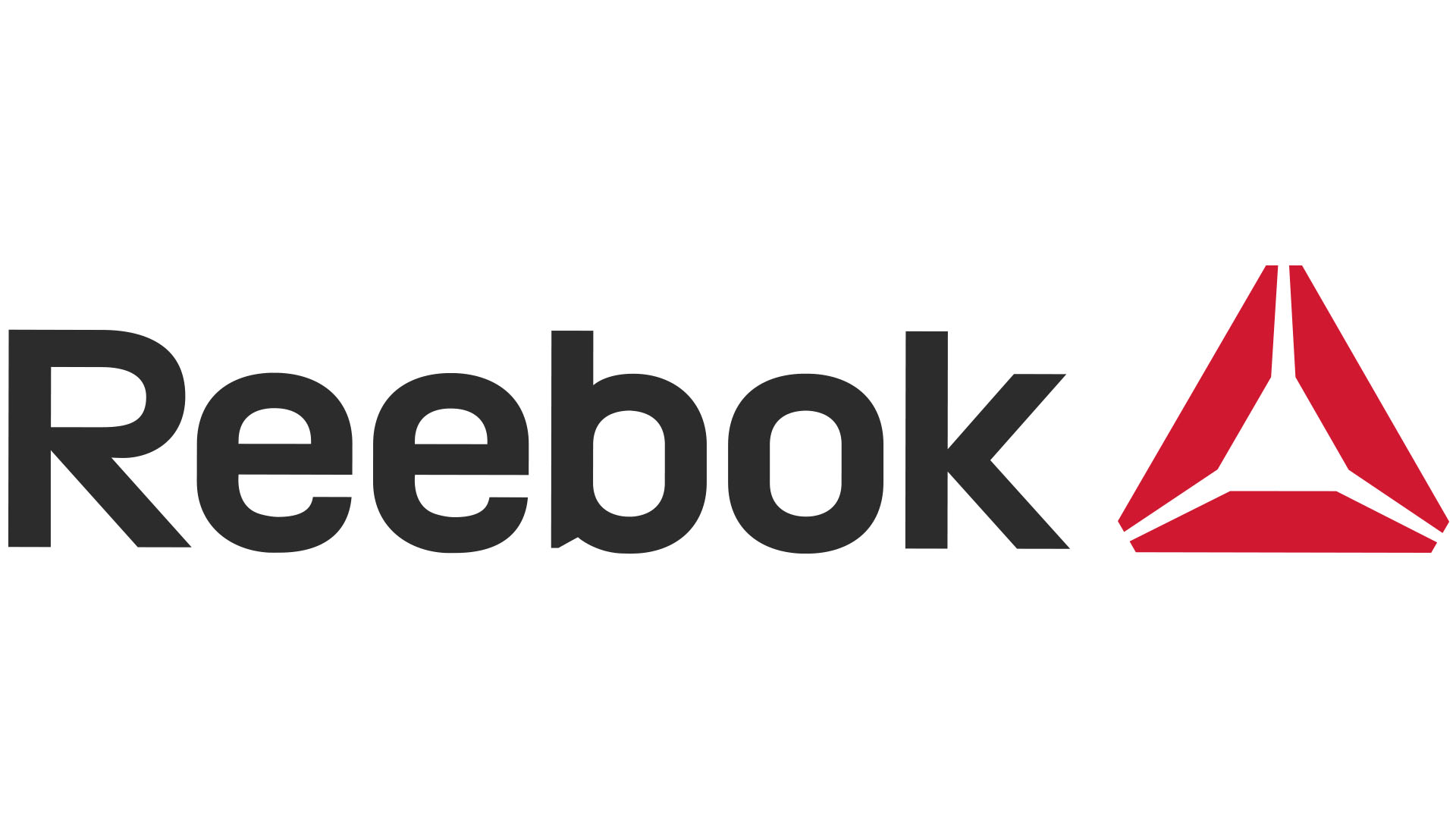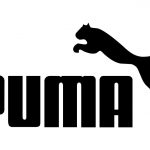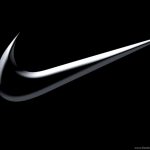
Given that the trainers of this great brand can be found in a small village on the African continent as well as in any city in our country, it is difficult to find someone who does not know this English brand. Reebok has not gained fame, fortune and glory from day one. Let’s take a little trip back in time to trace the humble beginnings of a company that has come a long way to become one of the most famous brands in the world.
The Reebok Idea
Reebok began its journey to fame in 1890, when Joseph William Foster, a sports enthusiast from Bolton, decided to add spikes to sports shoes. Seeing the enormous untapped potential in the production of sports equipment, 5 years later he founded JW Foster and Sons Incorporated. Foster’s company began producing sports shoes that quickly became popular with world-class athletes. His shoes were so good that they were selected as the footwear for the British athletics team that competed in the 1924 Olympic Games.
Brand history
Let’s face it, the name JW Foster and Sons Incorporated is uninspiring, difficult to pronounce and even worse to remember. To become a truly global brand, the company had to change the name to a shorter, more memorable one. Assigned the task to their grandsons, Joe and Jeff Foster began searching for a new name. In a South African dictionary they found the name “rhebok”, which was used to refer to an indigenous species of antelope that roamed the African continent. Inspired by the word, they changed the name of the company to “Reebok”.
Thus, in 1958, the name of the legendary brand was born.
Reebok shoes enter the US market
Until the 1980s, Reebok was mainly limited to the British market. To truly become one of the world’s leading sports manufacturers, Reebok had to enter the US market. The first brick was laid in 1979, when American businessman Paul Fireman showed an interest in expanding the brand in the United States. He saw the brand at a trainers’ fair in Chicago and was impressed with the level of quality of Reebok shoes. Paul Fireman struck a deal with the company and set up a division called Reebok USA Ltd to serve the lucrative US market.
It was a decision that Reebok will never regret, and certainly one of the major turning points in the company’s history. After becoming the sole distributor in the United States, Paul Fireman wasted no time in launching the sale of Reebok athletic shoes at $60 a pair. But that didn’t stop the shoes from becoming an instant bestseller. Within two years of entering the US market, Reebok’s US sales reached $1.5 million.
Reebok women’s running shoes
The Reebok brand used a proven strategy for the US market that was successful in the UK. A clever and simple move that helped increase sales. They took their competitors by surprise by launching a line of Reebok Freestyle shoes specifically for women. It was like hitting the nitrous oxide button in a race, and it boosted the company’s profits to $13 million the following year. That’s more than ten times as much.
The NBA contract
Understanding the enormous popularity of basketball in the United States, Reebok signed a licensing agreement with the NBA in 1986. In an attempt to improve the performance of basketball shoes and become a worthy competitor to Nike Air (the popular basketball shoes produced by Nike), the company introduced the Reebok Pump series. As the name suggests, this technology had a unique mechanism based on the principle of pumping air inside the trainer.
How does the pump technology work? The trainer houses a special air reservoir. Pressure points are distributed to form both the casing and the air duct system as the air fills the reservoir and applies pressure exactly where it is needed. It pumps the air through a convenient micro-pump at the top of the trainer, sculpted into a smooth, bulky button that is the hallmark of Pump technology.
Using a mini-pump on the back of the trainer, shaped like a basketball, athletes have the ability to adjust the level of support for their feet according to their personal preference. This option became an instant hit with professional NBA basketball players. More than 100 NBA players started using Reebok shoes with Pump technology, including the great Shaq O’Neal. Although it was a great marketing strategy that significantly increased sales, Reebok probably wasn’t prepared for the fight ahead.
Crisis in the 1990s
The 1990s were a difficult period for Reebok, as Nike overtook them in sales and became the market leader. In a desperate attempt to increase sales, Reebok launched several new lines of trainers. They signed NBA superstar Shaq O’Neal to an individual contract and began using him to promote sales of a line of white trainers. The idea turned out to be a failure.
Teenagers, athletes and sports enthusiasts at the time were predominantly buying black trainers and the launch of Reebok’s white trainer range completely ignored the market trend and went unnoticed. Sales suffered immediately and the company lost a whopping 20% of its market share. In an attempt to make amends, Reebok terminated O’Neill’s contract and signed another basketball star, Allen Everson, luring him with a $5 million a year contract. The move was beneficial, Reebok was finally able to increase sales. However, they lost the top spot in competition with Nike. Now it is left to fight against Adidas to keep the second place.
Merger with Adidas
The merger between Adidas and Reebok shocked the world, but it was a fairly obvious move. According to the report, Adidas paid $3.78 billion in a landmark deal in 2005 to make Reebok its subsidiary. Now, instead of competing for profits with each other, the two giants have teamed up to compete with Nike. However, Adidas and Reebok still have a long way to go, as Nike remains the market leader in the United States by a clear margin. According to a 2014 report, Nike confidently tops the list of sports footwear sales leaders in the US market with 46%, while Reebok and Adidas have only 6%.
You may also like:


